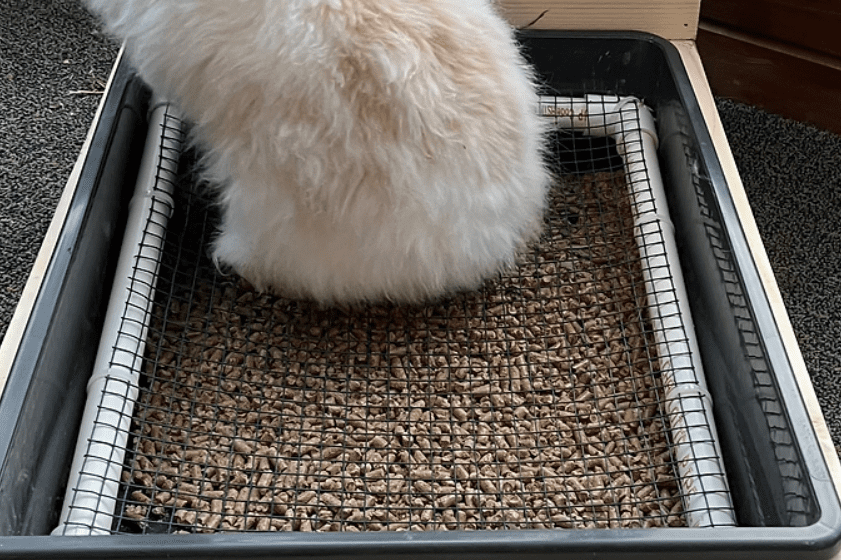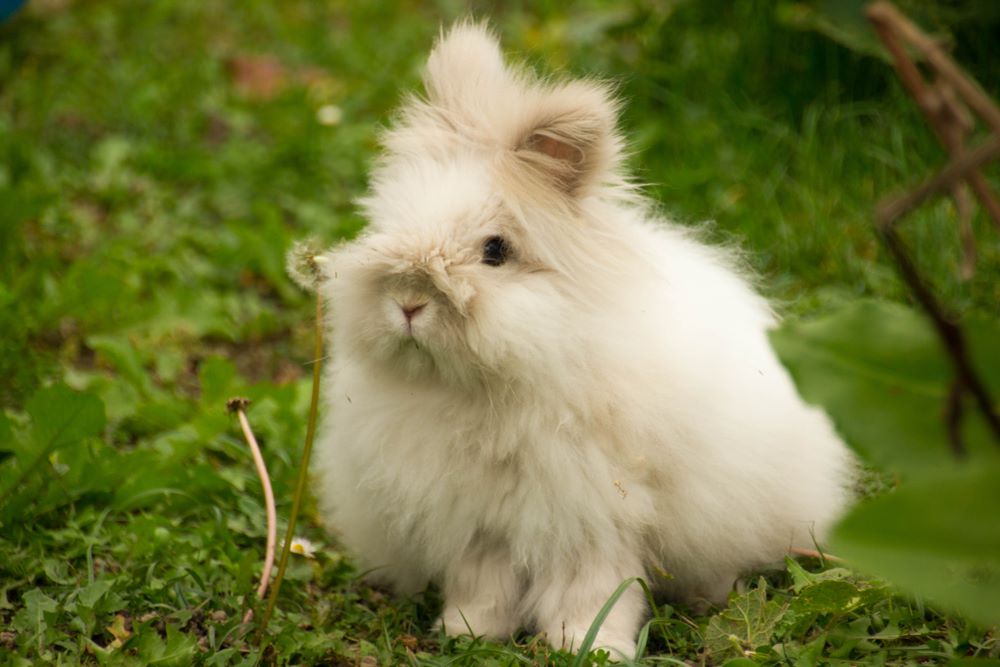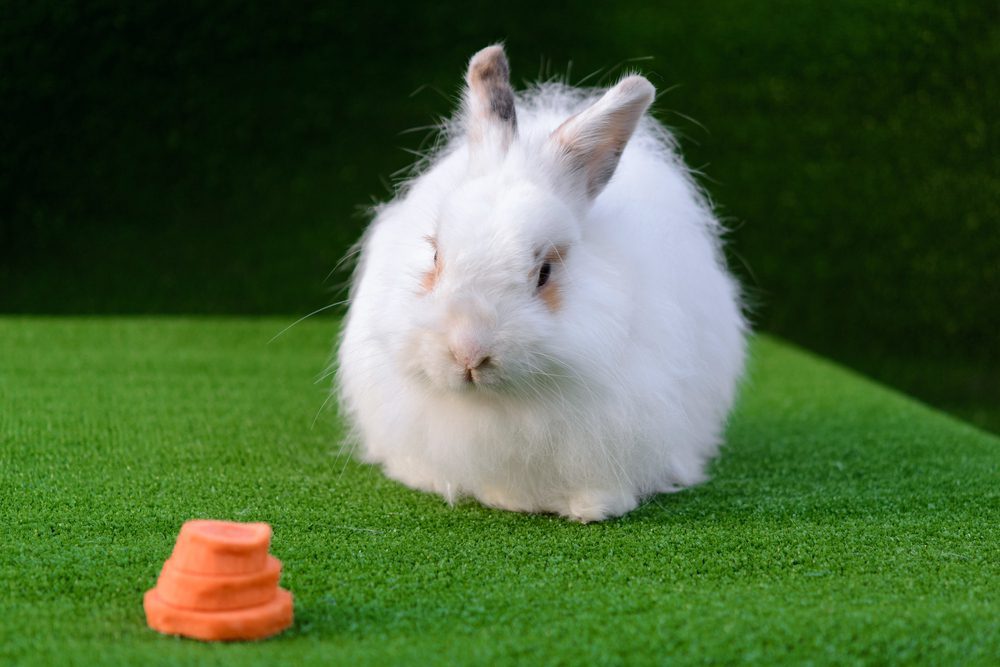How To Litter Train An Angora Rabbit: The Ultimate Guide
Are you ready to make your life with your fluffy Angora rabbit even more amazing? Imagine a world where your adorable bunny knows precisely where to go when it’s time to ‘do their business.’ That’s right, we’re talking about how to litter train an Angora rabbit, and guess what? It’s not as complicated as you might think!
In this article, we will show you how to turn your bunny into a litter-using champ. You’ll learn what you need before you start, like picking the perfect litter and box for your rabbit. We’ll guide you through the training process so you and your rabbit can learn together. It’s all about understanding your rabbit’s habits and creating a routine that works for both of you.
Sometimes, things don’t go as planned, right? Don’t worry! We’ve got tips for those tricky moments, too. Whether it’s a little accident or a stubborn bunny, we’re here to help you solve those problems. Plus, we’ll share some cool tricks for keeping everything clean and tidy in the long run.
So, let’s hop into this adventure together and make your life with your Angora rabbit even more delightful!
What You Need to Know Before Starting
Before you start litter training your fluffy friend, it’s super important to understand how they naturally behave. Did you know that rabbits usually pick a corner to do their business? Watch your bunny closely. Where does it like to go? This spot is the perfect place to start training!
Choosing the Right Litter and Litter Box
Now, let’s talk about the tools of the trade – the litter and litter box. For your Angora rabbit, you want something safe and comfy. Avoid clumping or dusty litter, as they can harm your bunny. Paper-based or wood pellet litters are bunny-friendly options. When picking a litter box, size matters! Make sure it’s big enough for your rabbit to hop in, turn around, and do their thing comfortably.
Preparing Your Home for Training
Getting your home ready is like setting the stage for a great show. You want your rabbit to have a safe, quiet space for training. If you have more than one room, start in the one where your bunny spends most of its time. Keep the area clean and free of distractions. This helps your rabbit focus on the training. Remember, a calm environment means a calm bunny and a calm bunny learns better!
How To Litter Train An Angora Rabbit: Step-by-Step Guide
First things first: let your bunny get to know their new litter box. Place it in the corner where your rabbit usually goes to the bathroom. You might see your bunny sniffing around or even hopping in and out. That’s great! It means they’re getting used to it. Remember, no rushing here. Let your rabbit explore the litter box at their own pace.
Establishing a Routine
Rabbits love routines, and yours will, too, when it comes to litter training. Feed your rabbit and clean their litter box simultaneously every day. Rabbits often like to use the litter box right after eating, so this is a perfect time for training. Consistency is key. Stick to the routine, and your rabbit will follow it, too.
Positive Reinforcement Techniques
Now, let’s make this fun! Every time your rabbit uses the litter box, give them a treat or some gentle pet. This is called positive reinforcement. It means you’re rewarding good behavior, which makes your rabbit more likely to do it again. Keep the treats healthy, like small pieces of carrot or apple. Remember, a happy rabbit learns faster!
Common Challenges in Litter Training and How to Overcome Them
Dealing with Accidents
Oops! Did your bunny have an accident outside the litter box? Don’t worry, it happens. The key is not to get upset. Clean up the mess without making a big deal out of it. Then, gently place your rabbit in the litter box. This helps them understand where they should go next time. Remember, patience is your best friend during these little slip-ups.
Training Older or Stubborn Rabbits
Got an older rabbit or one that’s a bit stubborn? It’s okay; they can still learn. You might need to try a bit harder. Be extra patient and give them more time to adjust. Stick to the routine and keep using those treats for positive reinforcement. Even the most stubborn bunny can learn to use the litter box with love and persistence.
Keeping Everything Clean
A clean litter box is a must for a happy rabbit and a happy home. Change the litter regularly and wash the box with mild soap and water. Avoid strong chemicals, as they can be harmful to your rabbit. A clean litter box encourages your rabbit to keep using it. Plus, it keeps your home smelling fresh.

Advanced Tips and Tricks for Successful Litter Training
Choosing the Best Location for the Litter Box
Finding the perfect spot for the litter box is like picking the best seat in a movie theater. You want it to be just suitable for your bunny. Put the box in a quiet corner where your rabbit feels safe and private. But also, ensure it’s a place you can easily reach for cleaning. If your rabbit spends time in more than one room, consider having a litter box in each room. This way, your bunny won’t have to run too far when nature calls!
Managing Multiple Rabbits
Do you have more than one furry friend? Each rabbit should have their litter box. Sharing can lead to territory issues – like when siblings don’t want to share toys. If the bunnies are best buddies, they might be okay with sharing, but it’s good to have extra boxes just in case. Remember, the goal is to keep every bunny happy and comfortable.
Long-Term Litter Box Maintenance
Keeping the litter box clean over time is like caring for a mini garden. It needs regular attention. Change the litter often and clean the box well once a week. If the litter box looks old or smells, it might be time for a new one, even after cleaning. Consider updating your bunny’s bathroom – everyone likes a nice, clean space!
Related: Master the Art of Raising Angora Rabbits: Unlock the Secrets
Conclusion
In our journey together, we’ve hopped through every step of litter training your adorable Angora rabbit. We’ve covered everything from understanding your bunny’s unique habits to setting up the perfect litter box and creating a routine. We’ve navigated the challenges of accidents and the patience needed for older or more stubborn rabbits.
Now, it’s your turn to take these tips and hop into action! Patience, consistency, and a sprinkle of love are key to success. The benefits? A happier, cleaner home and a deeper bond with your fluffy friend. You’re not just training your rabbit; you’re creating a harmonious living space for both of you.
As you embark on this rewarding journey, remember that every small step counts. Your bunny will appreciate the effort, and you’ll soon see the fruits of your labor. So, grab that litter box, get set up, and enjoy the wonderful world of being a bunny parent. Happy training!
FAQs
How Long Does It Typically Take to Litter Train an Angora Rabbit?
Patience is a virtue,” they say, and it’s true regarding litter training your bunny. It usually takes about a couple of weeks to a month to litter train an Angora rabbit. Every bunny is unique! Some might learn super fast, while others might take a little longer. Just like people, rabbits learn at their own pace. The important thing is to keep being patient and consistent. Your bunny is trying their best!
Can Litter Training Help Manage Rabbit Odors?
Yes! A well-trained rabbit using a litter box helps keep those bunny smells under control. It’s like having a secret weapon against odors. Regularly cleaning the litter box is also super important. This way, your house stays fresh, and your rabbit feels comfortable. Win-win!
What to Do If My Rabbit Stops Using the Litter Box?
Sometimes, rabbits change their habits. If your rabbit stops using the litter box, it’s like a little mystery to solve. First, check if anything in their environment has changed. Rabbits can be sensitive to new things. Maybe it’s a new litter type, a moved box, or something different. Also, a sudden change in litter habits can indicate health issues. If you’re unsure, a quick check-up with the vet is a good idea.



